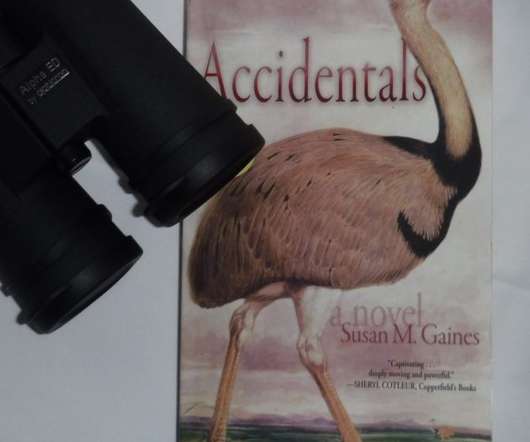A review of the birdcentric novel “Accidentals” (the title of which is in the plural for a reason)
10,000 Birds
MARCH 25, 2020
In Gaines’ first novel Carbon Dreams (2001) the science (there, geology) tended to overwhelm the story, but in Accidentals, she incorporates ornithology and microbiology skillfully into a well-woven whole. In the marshes of the estancia , he discovers what he comes to believe is a new species of rail – one of the “accidentals” of the title.












Let's personalize your content